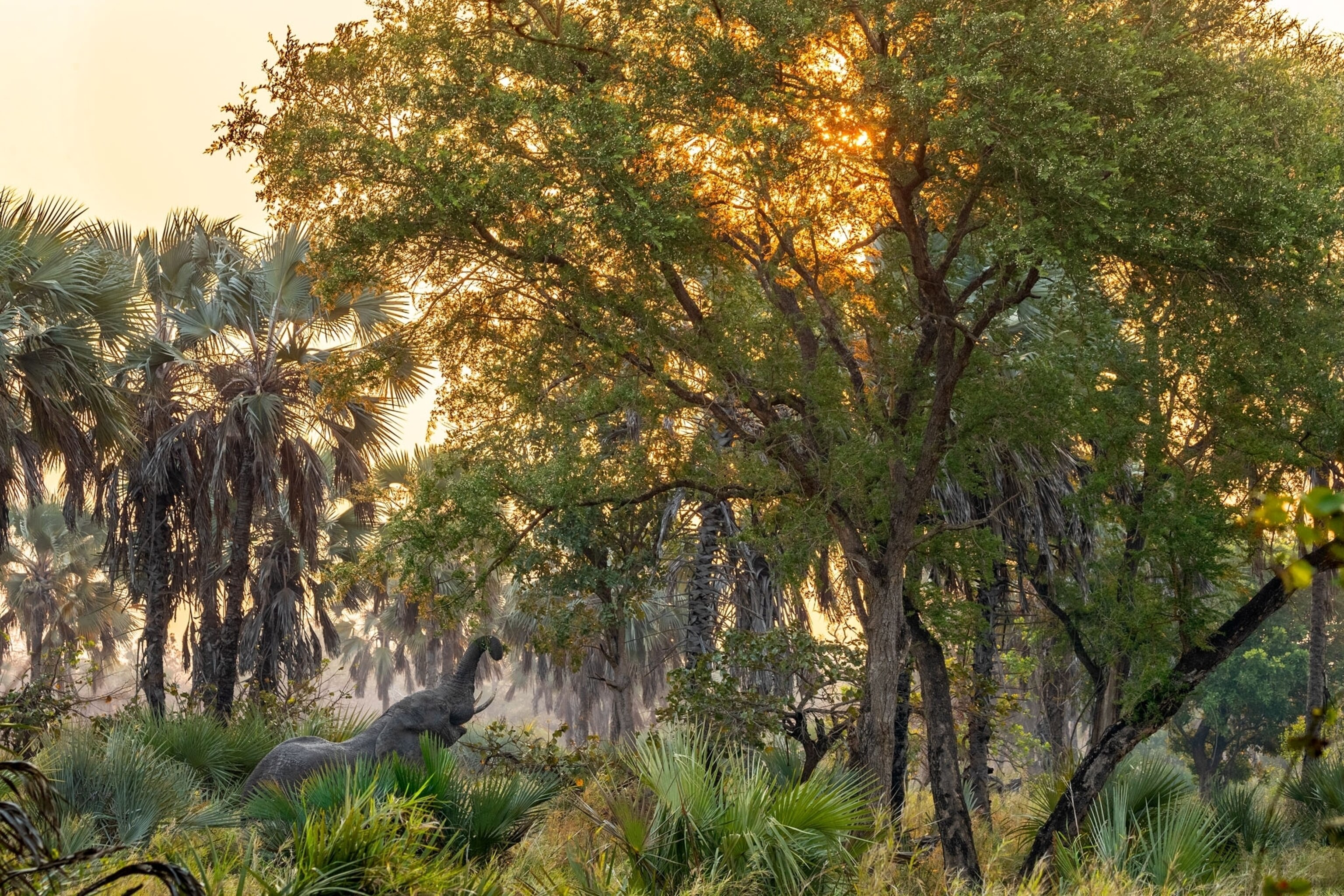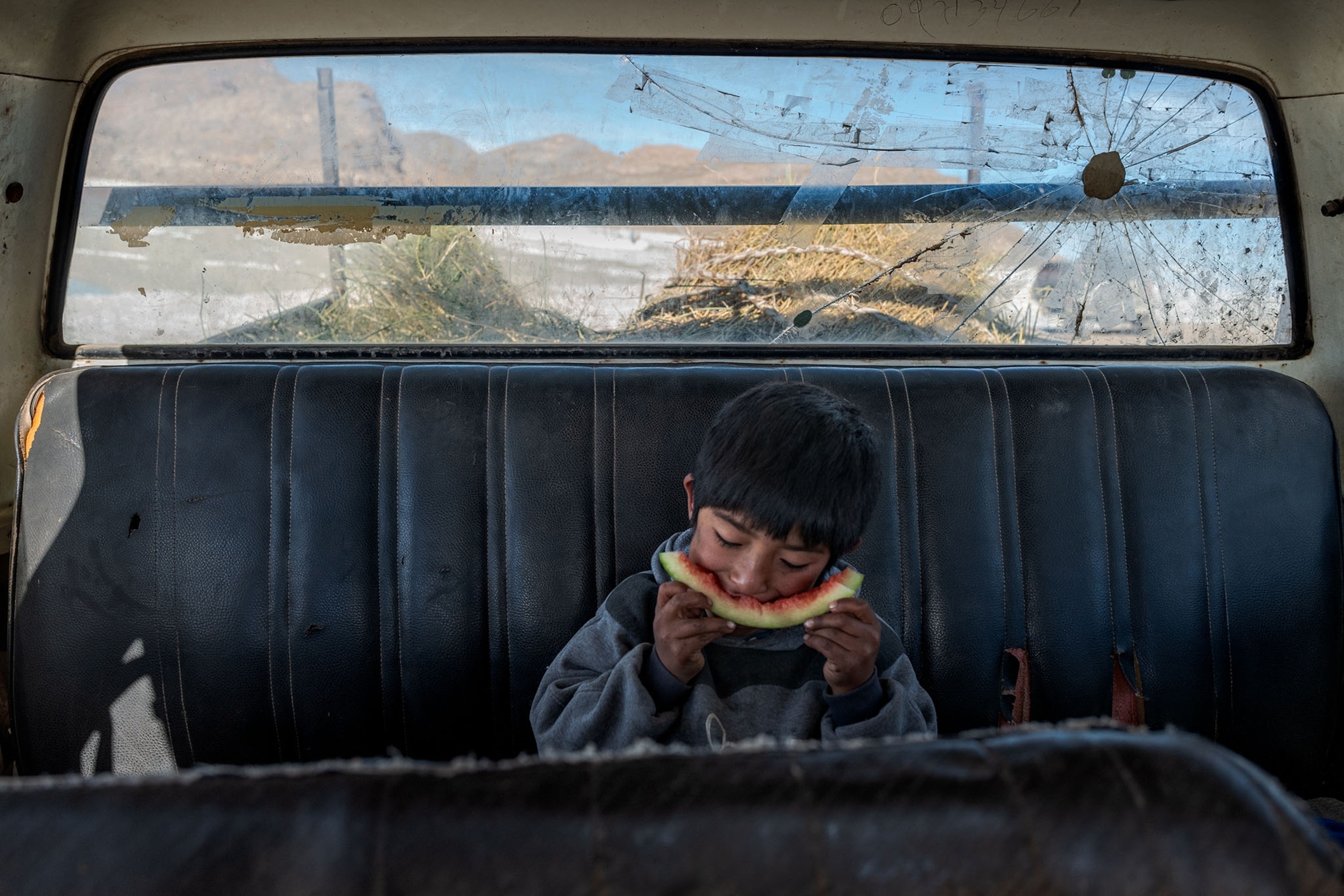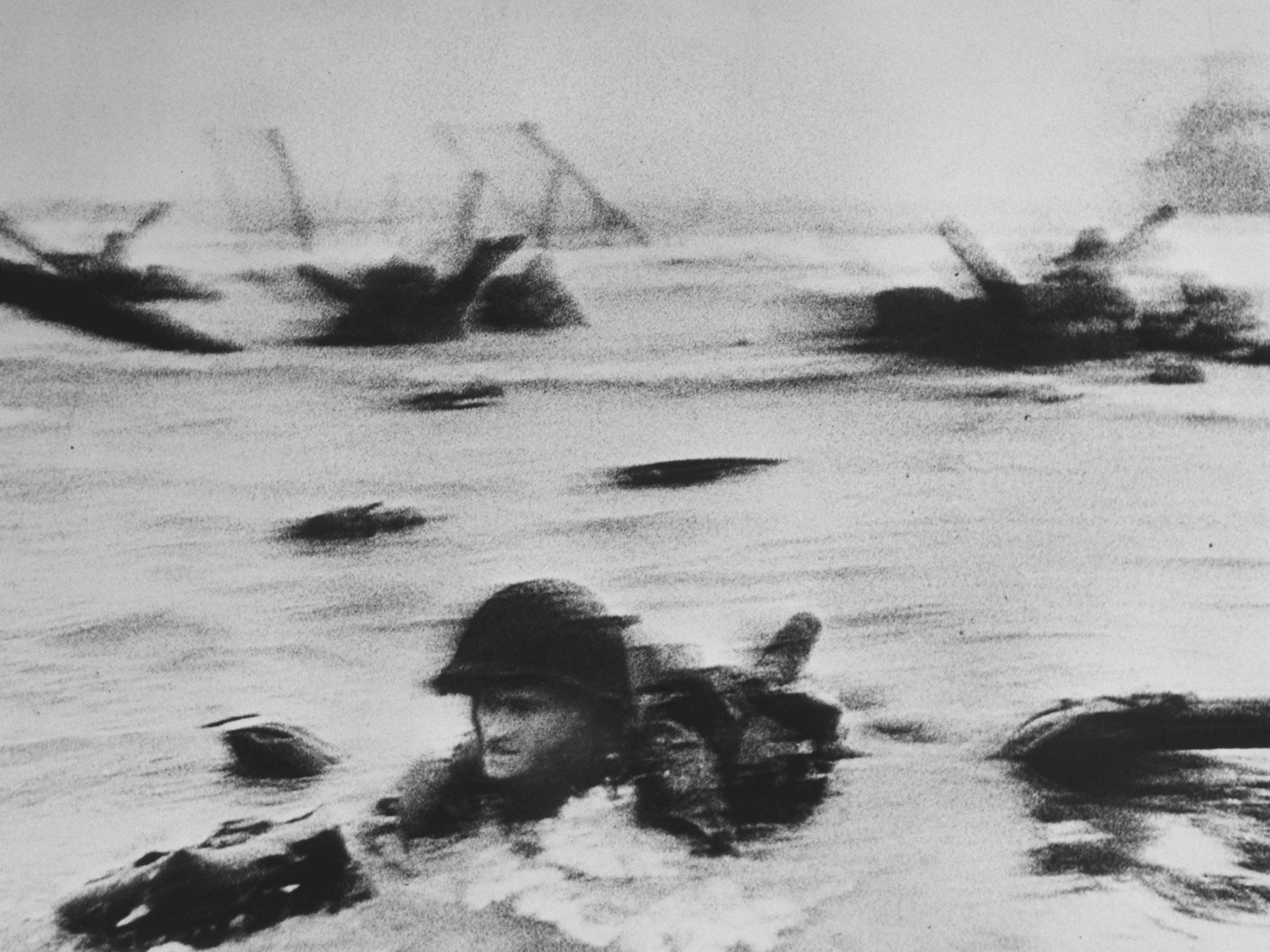
The best photos of 2019
National Geographic's 100 best images of the year–curated from 106 photographers, 121 stories, and more than two million photographs.
“He put a camera in a carcass and waited for the wolves to come.”
That, says Whitney Johnson, director of visuals and immersive experiences, is the kind of effort that makes for a standout National Geographic photo.
How does she choose 100 photos from 106 photographers, 121 stories, and more than two million images taken over the course of a year?
“I count on my great photo editors,” says Johnson.
One of her favorite images is the lead photo of the “Mona Lisa” because it reflects what Johnson calls “the magic of what makes photography hard—showing something familiar in a new way.” It also speaks to what happens behind the scenes—the photo editor getting access while the museum was closed—and behind the lens, that charmed combination of luck, accident, and a “photographer really seeing the moment.”
There are many such moments here, from military exercises in a warming Arctic and Rwandan schoolgirls flexing their muscles to Alex Honnold climbing El Capitan’s sheer face without ropes. Johnson calls that particular photo run “a whole stretch of strength across space and time.”

Time is reflected in other ways too. There’s the frozen body of Susan Potter, a woman determined to donate her body to medical education, a story carefully shepherded for 17 years by photo editor Kurt Mutchler. And there’s the heartbreaking photo of Sudan, the last male northern white rhinoceros, as he lay dying.
But there is also so much joy: captive songbirds released to the sky and Japan’s obsession with all things kawaii (cute and cuddly). And so much strangeness: See “hot dog man.”
The image that speaks most to me is that of an orphaned young giraffe, its long neck draped over its human caregiver in what looks to be a loving hug. The giraffe now runs free with a wild herd. When exploring these pictures, we all might hear from our own internal photo editor, the voice inside us that tells us to pause, asking us to take a closer look.







































































































